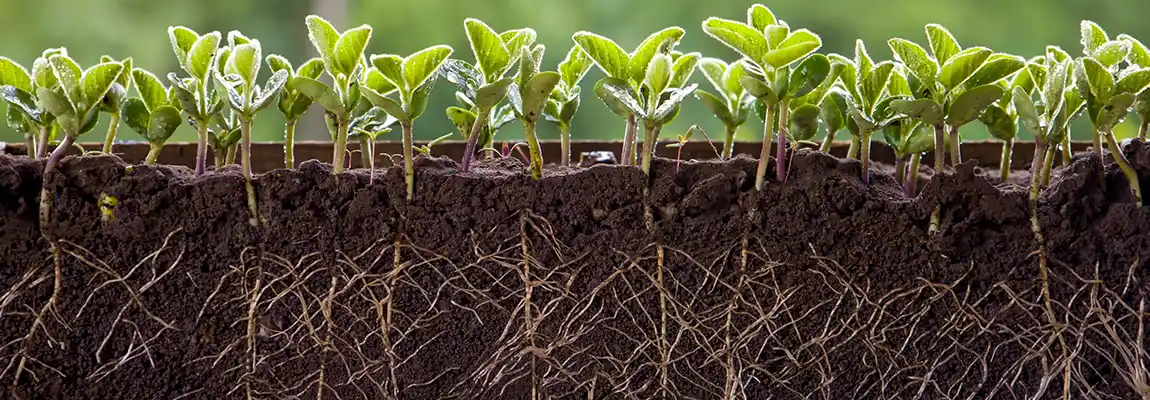
Why do we phenotype roots, and how can we do this?
Roots have essential functions in plant biology. They take up water and nutrients from the soil, ensure anchoring the plant in the substrate, and they are interface for the interaction of the plant with soil-living organisms. To fulfil this range of functions, appropriate root phenotypes are important, roots must grow in appropriate dimensions and geometry to explore the soil space. Therefore, roots and rooting properties are targeted in breeding processes and data on root phenotypes are increasingly demanded. Water uptake and thus exploration of soil-available water is a key function of roots, so that they largely contribute to drought tolerance of crops. As breeding for drought tolerance becomes increasingly important, there is a high demand for analyzing root phenotypes. Since a multitude of leaf-and shoot- focused phenotyping methods are commonly available and well described, we aim to provide adequate root phenotyping tools to address the demand.
Their underground growth sets challenges for any investigation in biological, agronomical, or breeding context.
Thus, various techniques are available to make roots accessible for analysis. Root analyses deal with a tradeoff between artificial cultivation, destructive measuring methods, technical effort, and accessibility. When growing roots in a way that they are easy to access, cultivation frequently is highly artificial, for instance when using transparent media. In laboratory tests, agar-filled petri dishes frequently are used to analyze root- and shoot phenotypes of seedlings, mainly when working Arabidopsis. In contrast, “normal” soil cultivation leads requires destructive digging and washing to access roots, or – when using specific containers – demands for tomographic techniques that are of high technological effort. In a compromise solution, soil-filled rhizoboxes with transparent plates or pots made from transparent material can be a way forward to maintain adequate growth conditions while making the root system accessible to analyses.
With LemnaTec phenotyping systems are ready to use transparent pots, soil-filled rhizoboxes, or petri dishes. Thus, LemnaTec systems offer a broad range of possibilities for root analysis.

Wheat plant growing in transparent cylinder that enables root imaging

Root image processed for measuring roots per soil layer
